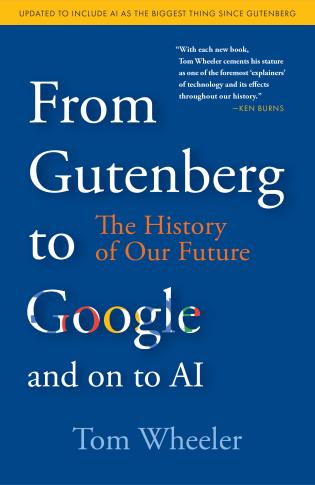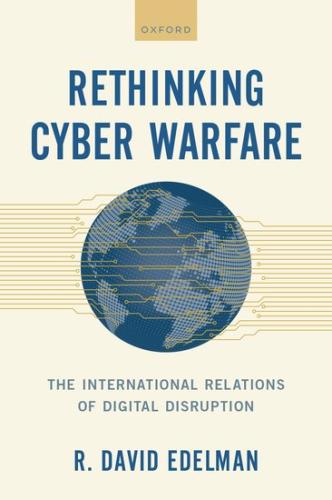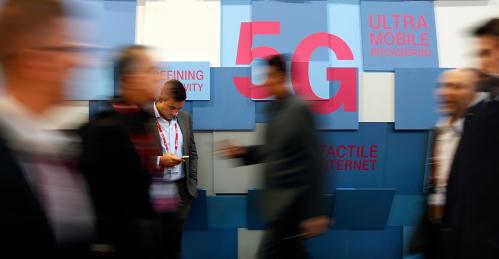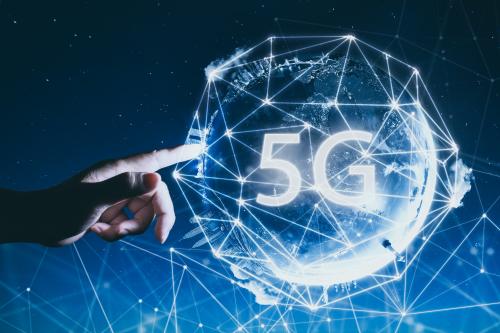The next generation wireless network known as 5G is like an abstract painting—you can make of it what you want.
- To some, 5G is “wireless cable,” the means to deliver video and high-speed internet much like a cable system.
- To others, 5G is the transformational technology necessary to handle the flood of data to enable new capabilities such as autonomous vehicles and remote surgery.
- To Sprint and T-Mobile, the cost of building out 5G is the justification for a merger, reducing consumer choice from four national wireless carriers to three.
- To AT&T, a faster 4G network has been rebranded “5G-E” although it is not “real 5G.”
- To satellite companies currently licensed to use potential 5G spectrum, it is the opportunity to sell something for which they paid nothing at a windfall profit.
- To Donald Trump, 5G is a political talking point to gin up nationalistic furor over a “race” with China.
- To the Trump Federal Communications Commission (FCC), 5G is an excuse to preempt the antenna siting decisions of local governments.
- To the wireless industry, 5G is the chance to promote something new that may open up needed new revenue streams.
It is time to bring some order to the chaos. It is time to move past the political and marketing talking points to consider both the promise of 5G and the challenge to its realization.
The wrong metaphor
First of all, to call 5G a “race” is a deceptive metaphor. A “race” connotes a contest along a common course with a start and finish. The reality is that 5G networks will be built piece-by-piece, area-by-area, and application-by-application over a protracted period of years. We must operate with a long-haul vision. There is nothing wrong with setting out to win the first lap, but arriving at the ultimate outcome will require long-term strategies and commitments.
If there is a “race,” the advantage will go to those with the broadest coverage. Without universal coverage, for instance, how can 5G be the network for controlling autonomous vehicles? Even today as the wireless companies’ herald the cities named for their 5G rollouts, they are not covering all neighborhoods in those cities. All the promise of 5G-controlled vehicles vanish if the vehicle cannot drive everywhere.
Of course, the last to be served is always rural America. According to the FCC, over 20 million rural Americans do not have access to a high-speed broadband network. Rural America was the last to see 4G wireless; unless something proactive occurs, the same fate will be true for 5G. All the great stories of how 5G will bring big city-quality remote surgery to rural clinics are an empty promise without the necessary coverage.
Time for a national strategy
The national strategy for 5G needs to move beyond slogans and press releases. We need a laser focus on the two factors most essential to the success of American 5G: ubiquitous coverage and network security.
If 5G is to live up to its promise, its rollout out must improve over 4G. Redlining the buildout areas of cities does not just deny service to those communities, but shrinking the service area also slows the development of 5G applications. Continuing the “rural last” precedent for broadband service will perpetuate the disenfranchisement of large numbers of American citizens.
Building 5G will be expensive. Building multiple redundant networks on top of each other only increases construction costs. Twenty-five years ago, at the dawn of digital wireless networks, the wireless industry saved money and expedited coverage in specific areas by building a single shared network. Consumers did not know they were sharing the same network, and competition between the companies remained fierce. But because costs were shared rather than duplicated, the new technology expanded more quickly. If the Trump Administration encouraged the wireless companies to construct a shared network, it would be built faster and cover more people—including in rural areas—while still offering consumers competitive choice.
Unfortunately, the already-substantial cost of building 5G is rising. While President Trump has said, “It is imperative that America be first in fifth-generation (5G) wireless technologies,” his trade war with China makes it more expensive for American companies than for Chinese companies. FCC Commissioner Jessica Rosenworcel has pointed out the trade war, “threatens to increase the costs of wireless infrastructure by hundreds of millions of dollars at a critical moment” since much of the gear will be assessed a special tariff of up to 25 percent.
Protecting the network
The 5G network must also be cyber-secure. The cyber threat to 5G prompted the Trump National Security Council staff to search for solutions to protect the networks, including national ownership of a shared network. After the report was leaked and the industry complained, the official responsible for the report—an Air Force general who had been defense attaché in Beijing—was fired. President Trump’s latest presidential memorandum on 5G never mentions the word cyber.
Simply put, a cyber-insecure network will not be used as much or inspire innovators to build new applications. Unfortunately, the Trump FCC eliminated the 5G cyber protection plan begun by the Obama FCC. The Trump FCC has even questioned whether the agency entrusted with the nation’s networks has any responsibility for the cybersecurity of those networks.
The United States needs to go all-in on 5G. That means doing better than we did on 4G to speed ubiquitous service to all Americans. That also means demanding a cyber-secure network. Unfortunately, in lieu of leadership for such a strategy, we are being fed slogans and told to go to races.
The Brookings Institution is committed to quality, independence, and impact.
We are supported by a diverse array of funders. In line with our values and policies, each Brookings publication represents the sole views of its author(s).











Commentary
Time to move beyond 5G hype
January 11, 2019